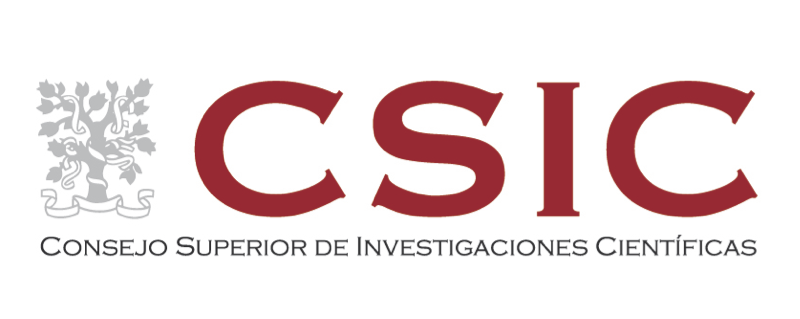Journal of Separation Science, vol. 29, nº 1, pags. 123 - 130 (2006)
Article preview
The different parameters affecting the ionisation and fragmentation of selected polychlorinated biphenyls (PCBs) in an IT detector working in the MS/MS mode, ITD(MS/MS), have been optimised for maximum selectivity and sensibility. The low LODs (in the range 0.03-0.3 μg/L), the satisfactory repeatability (RSDs in general below 11\%) and reproducibility (RSDs below 17\%) obtained when analysing standard solutions ensured proper determination of the PCBs studied at the concentrations typically found in food samples. Foodstuffs naturally contaminated with varying levels of PCBs have been analysed using the optimised GC-ITD(MS/MS) method. The results obtained compared favourably with those found using more conventional detectors, such as (micro-)electron capture detection (for ortho-PCBs) and high-resolution MS (for non-ortho-PCBs), as well as with the consensus PCB levels established for these particular samples via an international interlaboratory exercise. The relative merits of these three detectors have been discussed. © 2006 WILEY-VCH Verlag GmbH & Co. KGaA, Weinham.




